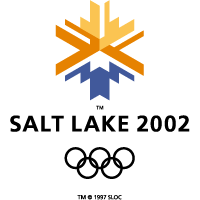

|
Salt Lake City Encouraged Telecommuting During Olympic Games
Workers for many Salt Lake City companies participated in telecommuting during the Feb. 8-24 Winter Olympic Games. With 1.8 million visitors coming into the downtown area, telework seemed like an ideal solution for the anticipated traffic gridlock and keeping area workers productive for that two-week time period.
The Salt Lake Organizing Committee asked employers to help reduce traffic by 20 percent by participating in alternate-to-commute arrangements. "The State of Utah tried to encourage as many employees as possible to telework since we anticipated double the number of cars on our highways during the Games," says Pat Dierks, of Utah's Transit Authority. "In fact, some state agencies have estimated that close to 30 to 40 percent of their employees teleworked during this time period."
When the city won the games in 1995, the Utah Transit Authority (UTA) designed a "Business Game Plan" and launched an outreach program to help firms restructure their commuting habits during the games. The plan detailed an array of alternative work models including flex-time, staggered work hours, compressed work weeks, telework and satellite work stations, and recommended use of public transit and carpooling during the games. The UTA even offered to draft plans for companies with more than 100 employees.
Utah's transportation planners wanted to emulate Atlanta and Los Angeles' success in reducing traffic during the Games in 1996 and 1984. In those cities, with businesses using alternate-to-commute plans, traffic flowed more smoothly during the Olympics than during normal times.